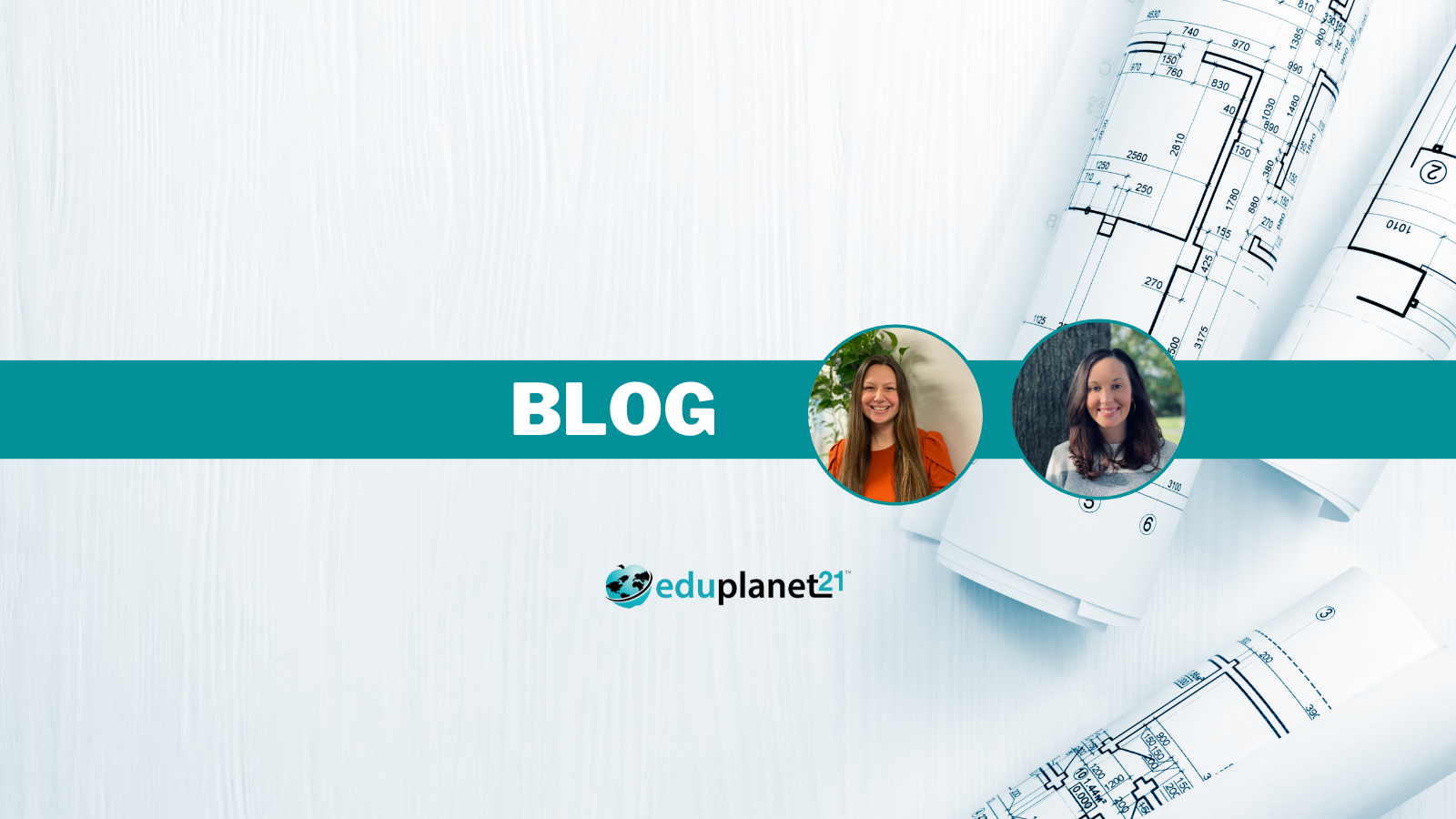March 12, 2024
Designing Curriculum: Your Guide to Launching A Curriculum Blueprint
Are you looking to enhance the transparency of your school's curriculum? It’s a topic that many schools and districts have been discussing in recent months. You might think of showcasing your curriculum as just another compliance task, but it's a great way to create a collaborative and supportive educational environment for everyone involved – students, parents, and educators.
But how do you go about displaying your curriculum in a way that is accessible and easy to understand? That's where Eduplanet21's Curriculum Blueprint comes in.
This tool visually represents your school or district's curriculum, making it simple to share with the community through your school or district website.
Let's dive into some considerations and quick wins for launching the Curriculum Blueprint.
Start with the Basics
Start small – you don't have to do everything at once. A great way to begin using the Curriculum Blueprint is by providing brief descriptions of each course for the community to see. This information can be taken directly from your school's program of study or course catalog, so it will require little administrative effort.
By offering course descriptions, you can give students and their families a clear snapshot of each course, helping them make informed decisions about their educational journey. Some schools even go the extra mile by including helpful tools like course syllabi or parent resources.
Add Unit Information
Once you have course descriptions in place, the next step is to outline the units taught throughout each course. This can be as simple as providing unit names and brief descriptions of the main ideas or learning outcomes.
Incorporating basic unit information provides a clear structure and overview of the course, allowing students and their families to understand the learning progression. This information helps students set expectations and goals for their academic journey.
Create Curriculum Storyboards
But why stop there? Let's take it a step further and create Curriculum Storyboards. These storyboards, inspired by the book "Streamlining the Curriculum," offer an engaging and visually appealing way to present your curriculum.
Humans are naturally drawn to stories; curriculum storyboards tap into this inclination. They provide a narrative flow that summarizes the overall course and individual units, using eye-catching imagery to captivate the reader. Storyboards can also help showcase additional curricular elements such as student learning targets, state or national standards, and authentic demonstrations of learning.
By leveraging curriculum storyboards within the Curriculum Blueprint, you can further engage students, teachers, and parents in the curriculum while providing meaningful information.
Don't Stop There
Now, let's dig deeper. The final phase for most organizations when launching the Curriculum Blueprint is to include the learning goals of each unit. This is often more comprehensive than a Curriculum Storyboard but can encompass similar elements, such as state and national standards, schoolwide goals, essential questions, and specific knowledge and skills.
By explicitly stating the learning goals of each unit taught in a course, you provide a clear roadmap for students and their families, ensuring everyone understands what is expected to be achieved in each unit. It also allows for alignment with broader educational objectives and ensures that the curriculum is designed to meet the needs of all students.
Final Thoughts
While compliance may be a driving force in curriculum transparency, the true value lies in creating a learning environment where students, parents, and educators can actively collaborate and engage in the learning process.
The Curriculum Blueprint offers a powerful tool to achieve this transparency, and it can be implemented in a way that suits your school's needs. You can start with brief course descriptions and gradually incorporate more detailed curriculum storyboards. By including learning goals, you set clear expectations and foster a sense of accountability and ownership among students.
As the need for curriculum transparency grows, we are here to help you in your journey. Whether you're starting with course descriptions or ready to incorporate unit-specific learning goals, we have the expertise and tools to support you.
If you're already an Eduplanet21 customer, contact your Customer Success Manager for more information. If you're new to Eduplanet21, schedule a demo to learn more about what we offer.
Let's work together to make your curriculum transparent and empower your community with valuable insights into your school's educational program.
 Login
Login
